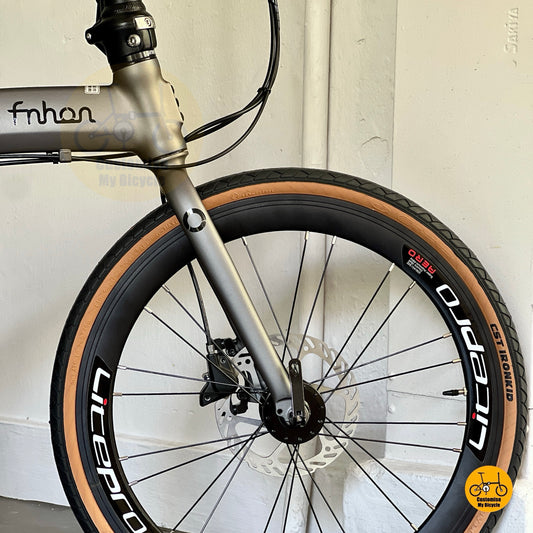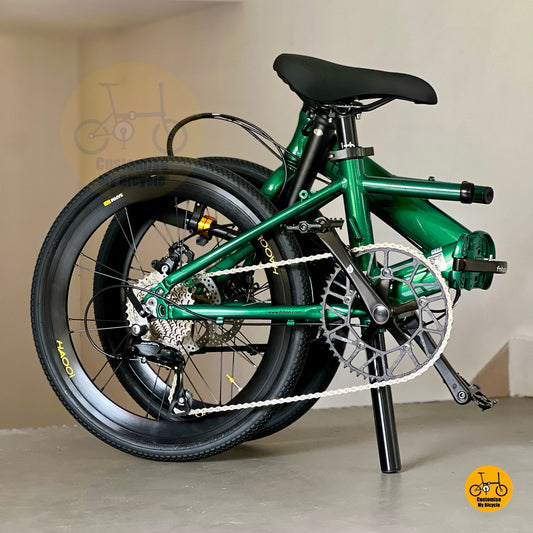
What Makes Cycling to the MRT the Smartest Commute You Haven't Tried Yet?
Cheng-San LokeShare
Commuting to the nearest MRT station is a daily routine for many urban dwellers, and choosing the right mode of transport can significantly impact your daily life. Among the common options — walking, taking a bus, or cycling — cycling stands out as the most beneficial in terms of finances, health, and overall convenience.
Government Support and Cycling Infrastructure
The Singaporean government has built extensive cycling paths to encourage commuting by bike. These paths connect residential areas to MRT stations and key amenities, making cycling practical and enjoyable. Designed for safety and convenience, this infrastructure empowers residents to adopt cycling as a daily mode of transport.
Convenience and Time Efficiency
Cycling drastically reduces travel time compared to walking. For instance, a 5- to 7-minute walk to Sengkang MRT becomes a 2- to 3-minute bike ride. Cycling offers greater control over your commute compared to buses, which are subject to schedules and traffic. Many MRT stations, including Sengkang, provide bicycle parking facilities, and folding bikes can be carried on MRT trains, enhancing integration with public transport.

Financial Savings
Cycling to the MRT station is cost-effective compared to buses, which involve regular fare payments. While walking is free, it takes more time, potentially reducing leisure or rest time. Bus rides twice a day, five days a week, can cost $30 to $40 per month. Cycling requires an upfront investment in a bike and occasional maintenance, but long-term savings outweigh these costs. For example, a good folding bike priced at $500 to $700 can pay for itself in around 13 to 23 months, based on savings of $30 to $40 monthly from bus fares. Beyond cost savings, the bike can also be used to travel to other destinations, making it a versatile and cost-effective choice. Moreover, affordable folding and commuter bikes make cycling more accessible.
Health Benefits
Cycling provides a low-impact cardiovascular workout that improves heart health and fitness. It helps burn calories and engages muscles and joints more effectively than walking. Beyond physical health, cycling reduces stress and enhances mental well-being by releasing endorphins, turning your commute into a productive, health-boosting activity.
Environmental Impact
Cycling produces zero emissions, making it the most sustainable mode of transport. It helps reduce urban air pollution compared to buses and private cars, contributing to a cleaner and greener environment.
Cost and Space Efficiency for Cities
Cycling reduces the demand for bus services and helps alleviate congestion. It requires less urban space compared to roads and bus depots, freeing up areas for green spaces and pedestrian-friendly infrastructure.
Conclusion
Cycling to the nearest MRT station offers a perfect balance of financial savings, health benefits, environmental sustainability, and convenience. While walking and taking the bus have their merits, cycling transforms a mundane commute into an enriching and efficient experience. With Singapore’s commitment to cycling infrastructure, there’s never been a better time to hop on a bike and enjoy the journey to your MRT station.
About the Author

Cheng-San, a cycling expert with over five years in the industry, helps hundreds of riders find their perfect bike. Known for his hands-on approach, eye for design, and deep product knowledge, Cheng-San is dedicated to making cycling more enjoyable, practical, and stylish for everyone.
Talk to me to custom made a folding bike








